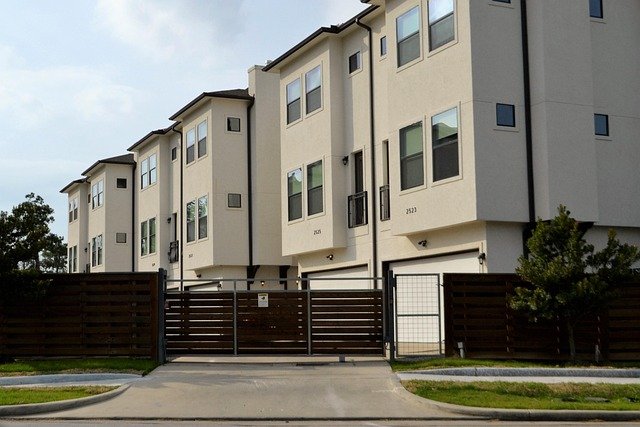Microunit Residences: Redefining Urban Living Spaces
Introduction: In the ever-evolving landscape of real estate, a new trend is reshaping urban living: microunit residences. These compact living spaces, typically under 400 square feet, are gaining traction in densely populated cities worldwide. As housing affordability concerns rise and urban populations swell, microunits offer a innovative solution to maximize space efficiency and address the growing demand for affordable housing options in prime locations.

Historical Context and Market Drivers
The roots of microunit living can be traced back to the compact apartments of densely populated Asian cities like Tokyo and Hong Kong. However, the modern microunit trend in Western markets began to gain momentum in the early 2010s, driven by factors such as urbanization, rising housing costs, and changing attitudes towards minimalism and sustainability. Cities like New York, San Francisco, and Seattle were among the first to embrace this housing model, with developers and city planners recognizing its potential to alleviate housing shortages in high-demand areas.
Design Innovations and Space Optimization
Microunit design has evolved significantly, with architects and interior designers pushing the boundaries of space optimization. Many microunits now feature transformable furniture, such as murphy beds that convert into desks or dining tables, and modular storage systems that can be reconfigured based on the resident’s needs. Some developments incorporate shared amenities like communal lounges, kitchens, and workspaces to complement the compact private living areas, fostering a sense of community among residents.
Financial Implications for Developers and Investors
From a real estate investment perspective, microunit developments present an intriguing opportunity. While construction costs per unit may be higher due to the need for more efficient appliances and custom furnishings, the potential for higher rental yields is significant. In prime urban locations, microunits can command rents comparable to larger apartments on a per-square-foot basis, potentially offering better returns for investors. However, developers must navigate zoning regulations and building codes, which may not always be aligned with microunit concepts.
Impact on Urban Planning and Housing Policy
The proliferation of microunit residences has implications for urban planning and housing policy. Proponents argue that microunits can help alleviate housing shortages in cities by increasing density without drastically altering neighborhood character. Critics, however, raise concerns about the long-term livability of such small spaces and the potential for overcrowding. As a result, many cities are reassessing their zoning laws and minimum size requirements for residential units to accommodate this new housing typology while ensuring adequate living standards.
Market Trends and Future Outlook
Recent market data suggests a growing acceptance of microunit living among certain demographic groups. A 2022 survey by the Urban Land Institute found that 35% of millennials would consider living in a microunit, citing affordability and prime location as key factors. As urban populations continue to grow and housing affordability remains a pressing issue, the demand for microunits is expected to increase. However, the long-term success of this housing model will depend on factors such as quality of design, integration with urban infrastructure, and the ability to create a sense of community within these compact living environments.
Challenges and Considerations
While microunit residences offer promising solutions to urban housing challenges, they are not without their drawbacks. Critics argue that these small living spaces may contribute to feelings of isolation and negatively impact mental health. Additionally, there are concerns about the adaptability of microunits to changing life circumstances, such as starting a family or working from home. Developers and policymakers must address these issues to ensure that microunit developments contribute positively to urban livability and social cohesion.
Conclusion
Microunit residences represent a significant shift in urban housing paradigms, offering a potential solution to the challenges of affordability and space efficiency in high-demand city centers. As this trend continues to evolve, it will be crucial for real estate professionals, urban planners, and policymakers to work together to create sustainable, livable microunit communities that enhance the urban fabric. While not a panacea for all housing issues, microunits have the potential to play a vital role in shaping the future of urban living, providing affordable housing options in desirable locations and contributing to more diverse, dynamic city environments.





